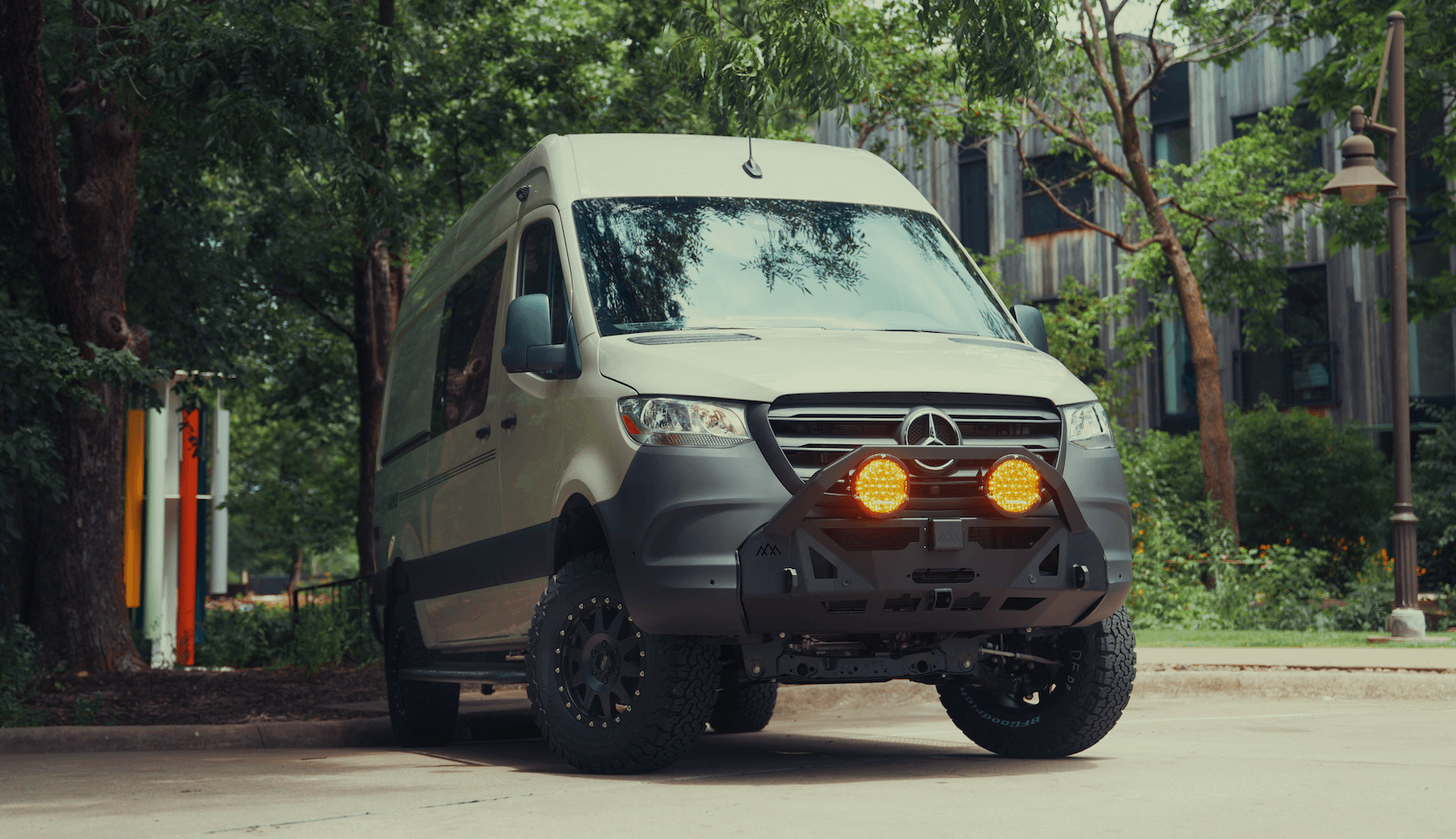Recreational Vans

Side entry wheelchair accessible vehicle design centers on predictable boarding, safe transfers, and stable ride quality. The side door location lets a wheelchair user exit curbside, which can be safer in busy lots and along streets. Core modifications address entry geometry, interior circulation, and occupant protection. A lowered floor increases headroom and reduces ramp angle, while a reshaped step well and doorway expand clearance for power chairs. When planned correctly, these changes maintain structural integrity, preserve crash energy paths, and keep service access for future maintenance.
Ramps come in two main styles: in floor and fold out. In floor ramps stow beneath the floor for an open doorway and cleaner look, while fold out ramps sit upright when stowed and can be more tolerant of snow or debris. Width, edge guards, and the ramp’s usable slope matter more than the spec sheet angle. Side entry wheelchair accessible vehicle builds target a gentle grade so independent users can control their speed, and caregivers can manage loads without strain. Manual backup operation is also important when power fails.
Inside, flexible seating plans allow a wheelchair to occupy the first row, mid cabin, or rear depending on social needs and weight distribution. Occupant restraint is not the same as wheelchair tie down. Tie downs manage the chair mass, while a lap and shoulder belt protect the rider. Look for four point tie down tracks with clear reach to anchor points and a shoulder belt that aligns with body geometry. In a handicap transport van, quick release mid seats can toggle between multiple passengers or one large mobility device.
Door operators, ramp motors, and HVAC upgrades draw significant current. A dedicated auxiliary battery, clean wiring runs, and circuit protection improve reliability. Consider isolators to protect the starter battery and fused distribution that is labeled for field service. For safety, verify that any van modification retains airbag function, seat belt pretensioners, and sensor pathways. When possible, choose components tested to recognized standards and install to manufacturer torque values and alignment specs, then document the configuration for future technicians.
Compared with rear entry, side entry enables curbside loading and often better parking access in urban areas. It also supports layouts where a wheelchair user rides up front or mid cabin with clear sightlines and conversation. Families value the social seating, while commercial operators appreciate faster curb operations. However, side entry needs more door width and careful ramp stow planning so that the mechanism does not intrude into the aisle. Weather seals, drain paths, and underbody protection keep the ramp bay clean over time.
Minivans offer low floors and comfortable ride quality, while full size vans deliver space for larger power chairs, medical equipment, or multiple wheelchairs. The base platform dictates door height, sill stiffness, and wiring channels. Measure the largest device, turning circle, and eye point to pick the right body. For custom wheelchair accessible vehicles, a 3D mockup helps dial in chair placement, tie down reach, and head clearance. The goal is a natural path from ramp to parked position without tight pivots or pinch points.
Even distribution of climate control keeps riders comfortable without blasting one area to compensate for others. Added insulation, tuned spring rates, and quality dampers maintain composure on imperfect roads. A smooth ramp transition at the curb edge helps reduce jolts at the most sensitive moment of the journey. Lighting at the door and along the floor track improves visibility for evening loading, and tactile cues on controls help riders and caregivers confirm button selections.
Accessible systems earn trust through uptime. Protect harnesses in abrasion resistant loom, route away from ramp hinges, and specify stainless fasteners where moisture is common. Keep an annual inspection list that covers ramp cycle count, emergency release operation, belt wear, and floor track cleanliness. Stocking a small kit of spare pins and fuses can turn a trip ending failure into a five minute fix. Clear labeling and a laminated operating card reduce training time for new drivers or relief staff.
The right handicap transport van starts with a candid review of daily routes, parking environments, and passenger needs. If most stops are curbside in tight lots, a side entry wheelchair accessible vehicle streamlines loading. If long medical equipment must roll straight in, rear entry might suit better. For schools or community programs, plan for multiple wheelchair locations and staff seating. Build around real weights and dimensions, not brochure estimates, and confirm that every frequent destination can accommodate the ramp footprint.
Integrating accessibility does not end at the ramp. Good van modification blends ergonomics, power redundancy, and serviceability so the vehicle stays ready for the next ride.
When you want professional execution and a clear handoff, OZK Customs designs accessible layouts that prioritize rider dignity and operator ease. Our team plans structure, power, seating, and securement as one system, then delivers a walkthrough so your crew knows every control. Explore our recreational adventure vans, see how a custom van build comes together, or review financeable mainstream vans if you prefer a platform with book value support.
Strong accessibility starts with thoughtful design, careful installation, and training that sticks. Tell us your routes, your riders, and your goals. We will shape a practical plan and deliver a clean, ready to roll solution in Fayetteville Arkansas.
Ready to design a side entry accessible van that fits your exact routine and route. Talk with OZK Customs in Fayetteville to plan seating, securement, and power in one integrated build. Share your passenger count and mobility needs, and we will map a clear path from consultation to a turnkey handoff at our Adventure Point. Start your custom build today.
ADDRESS:
6159 E Huntsville Rd, Fayetteville, AR 72701
PHONE:
(479) 326-9200
EMAIL:
info@ozkvans.com